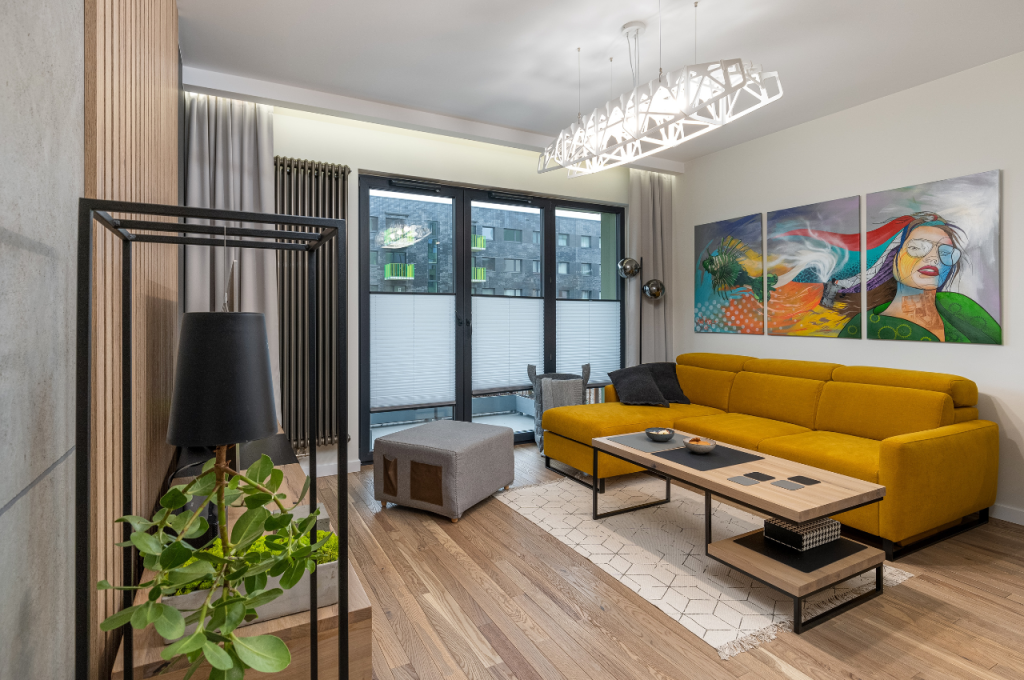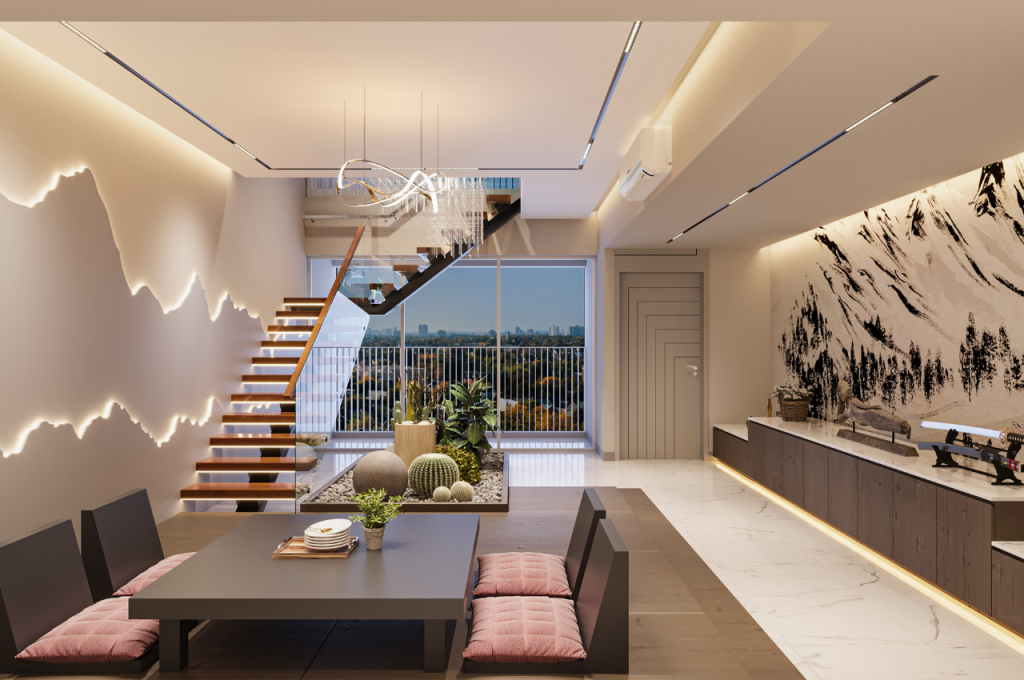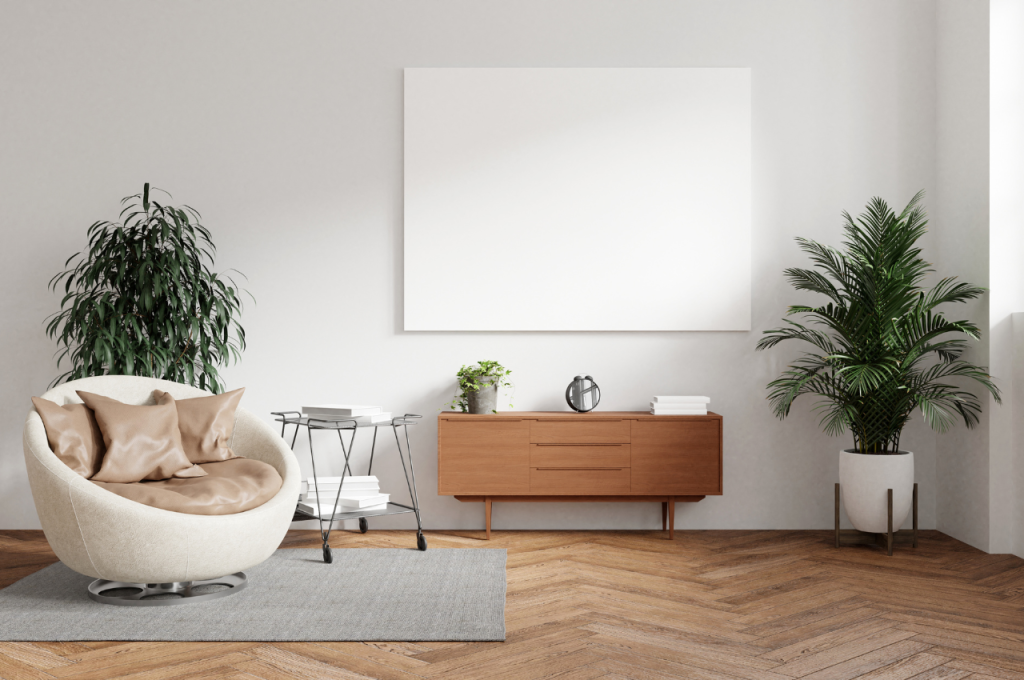To decorate your home interior, start by choosing a cohesive color scheme and adding personalized decor pieces. Incorporate different textures and art to create visual interest and warmth in every room.
When arranging furniture, consider the flow of traffic and maximize natural light to enhance the overall ambiance of your space. Layer rugs, curtains, and throw pillows to add depth and dimension, and don’t forget to include plants for a touch of nature indoors.
Pay attention to details like lighting fixtures and hardware to tie the design together seamlessly. With a thoughtful approach and creativity, you can transform your home into a stylish and welcoming retreat.
Choosing A Style
Selecting a style for your home interior is an exciting step in the decorating process. However, with so many options to choose from, it can also feel overwhelming. In this guide, we’ll walk you through the process of choosing a style that reflects your personality, preferences, and lifestyle.

Identifying Your Style
Understanding your preferences helps in creating a space that resonates with you. By understanding what styles, colors, textures, and designs you are drawn to, you can curate a space that feels authentic and harmonious to you. Enriching your daily life and fostering a sense of comfort and belonging.
Exploring Different Design Styles
Exploring a range of design possibilities is essential in discovering which ones resonate most with your aesthetic preferences. Creating a home that reflects your individuality and brings you joy every time you step inside.
Color Palette Selection
Selecting the right color palette is essential for decorating your home interior. Choose colors that complement each other and reflect your style. Consider the ambiance and mood you want to create in each room to create a cohesive and beautiful living space.
The color palette you choose for your home interior holds significant importance as it sets the overall tone and ambiance of the space. Understanding how colors impact our moods and emotions can help you create a harmonious and visually appealing environment. By experimenting with different color schemes, you can achieve a personalized and unique look that reflects your style and personality.
Understanding Color Psychology
Colors have the power to evoke emotions, influence mood, and create a certain atmosphere in a room. To ensure you make the right choice, it’s essential to understand color psychology.
- Red: Symbolizes energy, passion, and warmth. It can be stimulating and is commonly used in dining rooms or areas where you want to spark conversation.
- Yellow: Represents happiness, optimism, and creativity. It can brighten up a space and is often used in kitchens or areas where you want to promote a cheerful ambiance.
- Blue: Associated with serenity, calmness, and relaxation. It can be ideal for bedrooms or spaces where you want to create a soothing atmosphere.
- Green: Symbolizes nature, growth, and harmony. It is a versatile color that can be used in various areas of the home to promote a sense of balance.
- Purple: Represents luxury, creativity, and spirituality. It can add a touch of elegance and opulence to a space.
Experimenting with Color Schemes
Once you have a basic understanding of color psychology, you can begin experimenting with different color schemes to achieve the desired effect in each room. Here are a few popular color schemes to consider:
| Monochromatic | Using variations of a single color to create a sophisticated and cohesive look. |
| Analogous | Combining colors that are next to each other on the color wheel for a harmonious and balanced feel. |
| Complementary | Pairing colors that are opposite each other on the color wheel for a bold and vibrant contrast. |
| Neutral | Use earthy tones and neutral shades for a timeless and versatile look. |
Remember, while color has a powerful impact on a space, it’s essential to strike a balance and not overly saturate a room. Incorporate colors strategically through wall paint, furniture, accessories, and artwork to create a cohesive and visually pleasing interior.
Furniture Arrangement
When it comes to creating the perfect look for your home interior, furniture arrangement plays a crucial role. The way you position your furniture can greatly impact the overall feel and functionality of your living spaces. From optimizing space layout to mixing and matching furniture pieces, there are several key considerations to keep in mind when arranging furniture in your home.
Optimizing Space Layout
Effective furniture arrangement starts with optimizing the layout of your space. Consider the size and shape of the room as well as the natural flow of foot traffic when positioning your furniture. Create a focal point within the room, such as a fireplace or a large window, and arrange your furniture around this central feature. Utilize multifunctional pieces that serve more than one purpose to maximize space efficiently.
Mixing and Matching Furniture Pieces
When it comes to furniture arrangement, don’t be afraid to mix and match different styles and pieces. Mixing and matching can add visual interest and personality to your space. However, ensure cohesive design by incorporating elements that tie the pieces together. Balance large and small pieces, and use a variety of textures and materials to create a visually dynamic arrangement.
Lighting Techniques
Lighting plays a crucial role in setting the ambiance and enhancing the aesthetics of your home interior. By mastering various lighting techniques, you can create a space that is not only functional but also visually captivating.
Understanding lighting techniques will elevate the atmosphere of your space.
Utilizing Natural Light Sources
Strategically place mirrors to reflect natural light throughout the space.
- Choose sheer curtains to maximize daylight penetration.
- Position furniture to avoid obstructing sunlight flow.
Adding Ambiance with Artificial Lighting
Experiment with different lighting fixtures to create varying moods.
- Install dimmer switches for flexibility in brightness levels.
- Use task lighting for specific areas like reading nooks.
Wall Decor Ideas
When it comes to decorating your home interior, wall decor plays a significant role in creating an inviting and personalized space. Wall decor not only enhances the aesthetic appeal but also reflects your personality and style. From creating stunning gallery walls to incorporating eye-catching statement pieces, there are countless ways to elevate your interior design through wall decor.

Creating Gallery Walls
Gallery walls are a versatile and visually captivating way to adorn your home. By grouping a collection of artwork, photographs, and decorative elements, you can infuse any space with charm and character. When crafting your gallery wall, consider incorporating a mix of different sizes, frames, and artwork styles to achieve an eclectic yet cohesive look. Utilize the wall space to showcase your individuality and create a dynamic focal point within the room.
Incorporating Statement Pieces
Integrating statement pieces into your wall decor can offer a bold and impactful design element. Whether it’s an oversized mirror, an intricately designed wall sculpture, or a striking tapestry, a statement piece can command attention and infuse the space with personality. Choose a piece that reflects your taste and harmonizes with the overall aesthetic of the room, creating a captivating focal point that draws the eye and serves as a conversation starter.
Accessorizing and Layering
Discover the art of accessorizing and layering to transform your home interior into a cozy sanctuary. Incorporate unique textures, colors, and decor pieces to create depth and visual interest in every room. Embrace your style and showcase your creativity through the strategic placement of accessories and carefully curated layers.
Selecting Decorative Accessories
When it comes to accessorizing your home interior, it is important to select decorative accessories that not only enhance the overall aesthetic appeal but also reflect your style and taste. Consider choosing pieces that complement the existing color palette, furniture, and overall theme of the room. This could include items such as vases, candles, artwork, decorative pillows, or unique decorative items that hold sentimental value. By carefully selecting these accessories, you can easily transform a plain space into a visually captivating and personalized haven.
Layering Textures for Depth
To create a visually rich and inviting atmosphere, layering textures in your home interior can work wonders. This involves incorporating different materials and fabric textures to add depth and dimension to the space. Mixing and matching textures not only provides a sensory experience but also elevates the overall visual appeal. Consider using soft and cozy throw blankets, plush rugs, textured cushions, or even a combination of smooth and rough surfaces in your furniture selections. This technique will not only add visual interest but also create a cozy and inviting ambiance in your home.
Complementing Colors for Coherence
Selecting the right color scheme is essential for maintaining coherence in your home interior. When accessorizing and layering, it is crucial to choose colors that complement each other harmoniously. Opt for a color palette that aligns with the overall theme of the room and creates a sense of unity. Use complementary colors to add pops of interest, or go for a monochromatic scheme to create a sleek and modern look. By paying attention to the color harmony in your decorative accessories and layering elements, you can effortlessly tie the entire room together.
Creating Balance with Scale and Proportion
Achieving balance in your home interior is crucial for a visually pleasing space. When layering and accessorizing, it is important to consider scale and proportion. Make sure that the decorative items you choose are proportionate to the size of the room and the furniture pieces. Avoid cluttering the space with oversized accessories, as this can create a cramped and unbalanced feeling. On the other hand, too many small and insignificant pieces can make the room feel cluttered and overwhelming. Strive for a thoughtful and deliberate balance to create a harmonious and visually appealing environment. In conclusion, accessorizing and layering play a vital role in enhancing the overall charm and personality of your home interior. By carefully selecting decorative accessories, layering textures, complementing colors, and creating balance with scale and proportion, you can transform your space into a visually captivating and inviting sanctuary that reflects your style.
Indoor Plants and Greenery
Adding indoor plants and greenery to your home can instantly elevate the overall aesthetic and create a refreshing atmosphere. Not only do plants bring life and color to your interior, but they also purify the air and add a touch of tranquility. If you’re wondering how you can integrate the beauty of nature into your home, we’ve got you covered. In this section, we’ll explore the different ways you can incorporate indoor plants and greenery into your home decor.
Choosing Low-maintenance Plants
When it comes to selecting indoor plants, it’s important to consider ones that require minimal effort to maintain. Fortunately, there’s a wide variety of low-maintenance plants available that can thrive in different conditions. These plants not only save you time and effort but also ensure that your home remains vibrant and lively. Here are some popular low-maintenance plant options:
| Plant Name | Light Requirements | Watering Needs |
| Snake Plant (Sansevieria) | Low to bright indirect light | Allow soil to dry between waterings |
| Pothos (Epipremnum aureum) | Low to medium indirect light | Water thoroughly when the top inch of soil is dry |
| ZZ Plant (Zamioculcas zamiifolia) | Low to bright indirect light | Allow soil to dry between waterings |
Integrating Plants into Different Rooms
Now that you know which low-maintenance plants to consider, let’s explore how you can integrate these plants into different rooms of your home:
- Living Room: Place a tall floor plant, such as a Fiddle Leaf Fig or a Kentia Palm, in the corner to add height and drama to the space.
- Bedroom: Opt for plants with relaxing properties, such as Lavender or Peace Lily, to create a calm and soothing atmosphere ideal for sleep.
- Kitchen: Herbs like Basil, Rosemary, and Mint are not only beautiful but also practical, as they can be used in your cooking.
- Bathroom: Choose moisture-loving plants like Boston Fern or Spider Plant to thrive in the humid environment of your bathroom.
No matter which room you choose to incorporate plants into, make sure to consider the lighting conditions and temperature to provide the best environment for their growth.
By carefully selecting low-maintenance plants and integrating them into different rooms, you can achieve a harmonious blend of nature and interior design in your home. Not only will these plants enhance the visual appeal of your space, but they will also contribute to a healthier and more serene living environment.
Finishing Touches
Once you have tackled the main aspects of home decoration such as choosing furniture, painting walls, and selecting lighting, it is time to focus on the finishing touches. These final details add personality and create a warm and inviting atmosphere in your home.
Rearranging Existing Items
Rearranging existing items is a cost-effective way to refresh your home interior without breaking the bank. By simply moving items around, you can create a whole new look and breathe life into spaces that may have felt stagnant. Consider the following ideas:
- Swap furniture from one room to another to give each space a fresh feel.
- Experiment with different furniture layouts to maximize space and create a more functional flow.
- Reposition artwork and wall decor to emphasize focal points and bring attention to specific features.
- Rotate decorative objects and artwork seasonally to keep your space feeling dynamic and ever-changing.
Adding Personal Touches and Sentimental Objects
Incorporating personal touches and sentimental objects not only adds uniqueness to your home but also tells your story. These cherished items bring a sense of comfort and make a house truly feel like a home. Consider the following tips:

- Showcase family photographs in stylish frames or create a gallery wall to display precious memories.
- Bring in souvenirs from your travels and display them in an aesthetically pleasing way to add a sense of adventure and culture.
- Display favorite books, musical instruments, or hobbies as decorative elements that reflect your interests and passions.
- Invest in high-quality and meaningful accessories such as vases, candles, or throw pillows that align with your style.
Remember, the finishing touches are what truly make a space feel complete. Don’t underestimate the power of rearranging existing items and incorporating personal touches and sentimental objects in transforming your home interior. Embrace these simple yet effective ideas and enjoy the satisfaction of a well-decorated and personalized space.
Frequently Asked Questions of How Can I Decorate My Home Interior?
Certainly! Here are some frequently asked questions (FAQs) about decorating your home interior:
Q. How can I choose the right color scheme for my home interior?
Select colors that complement each other and match your style and mood. Consider the natural light in your home and the feeling you want to create in each room. Use color psychology to evoke the desired emotions.
Q. What are some trendy ways to add texture to my home interior?
Incorporate textured fabrics like velvet, faux fur, and knits for a cozy feel. Use natural materials like wood, stone, and rattan for a rustic touch. Mix metals and incorporate wall art and decorative accents for visual interest.
Q. Can I decorate my home interior on a budget?
Yes, you can! Shop for secondhand furniture and decor, DIY projects, and budget-friendly stores. Focus on high-impact areas like the living room and bedroom. Consider temporary options like removable wallpaper for a quick and affordable update.
Conclusion
Incorporating your style and reflecting your personality are vital aspects of home interior decoration. By considering the functionality and proportion of the space, you can create a harmonious and visually appealing environment.
Embracing creativity and paying attention to details will help you achieve a beautiful and inviting home interior.

